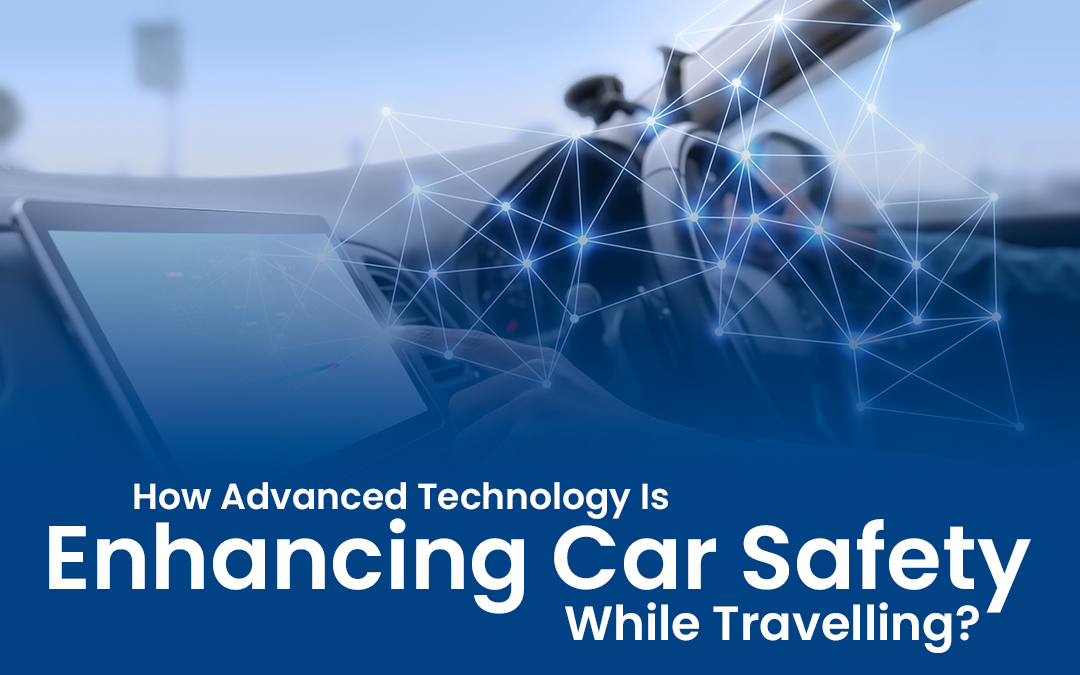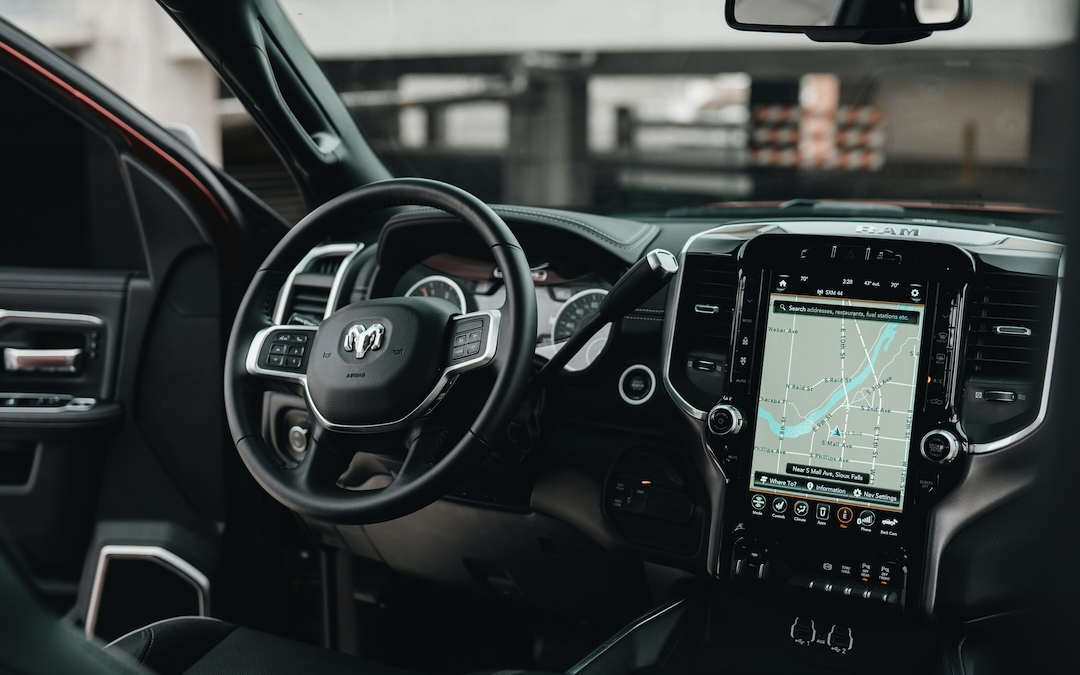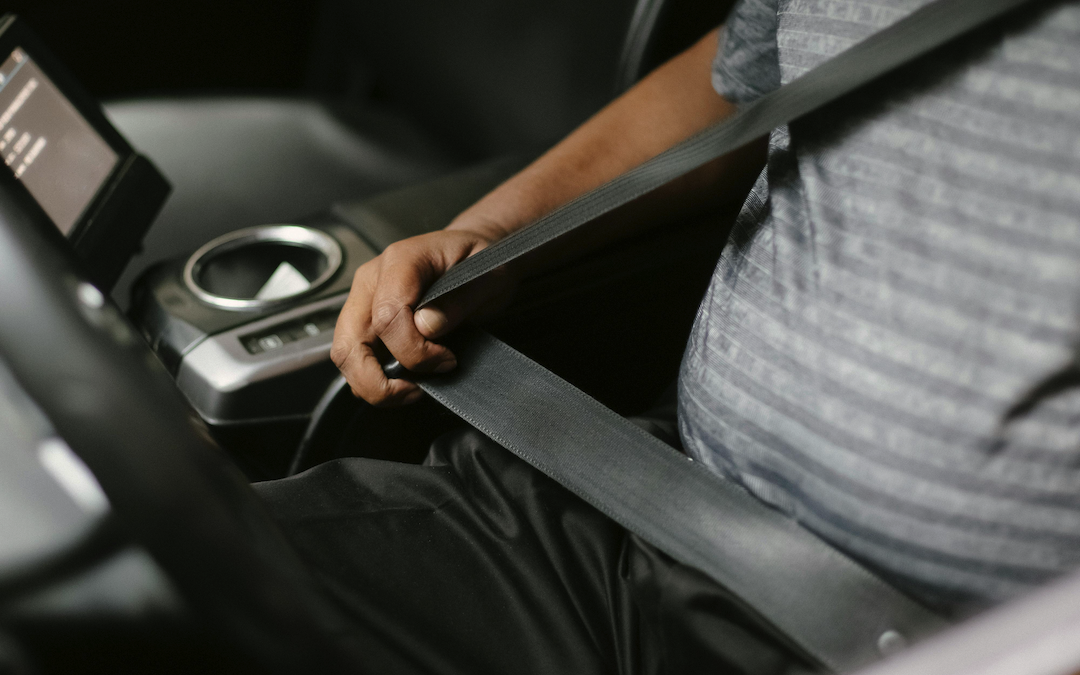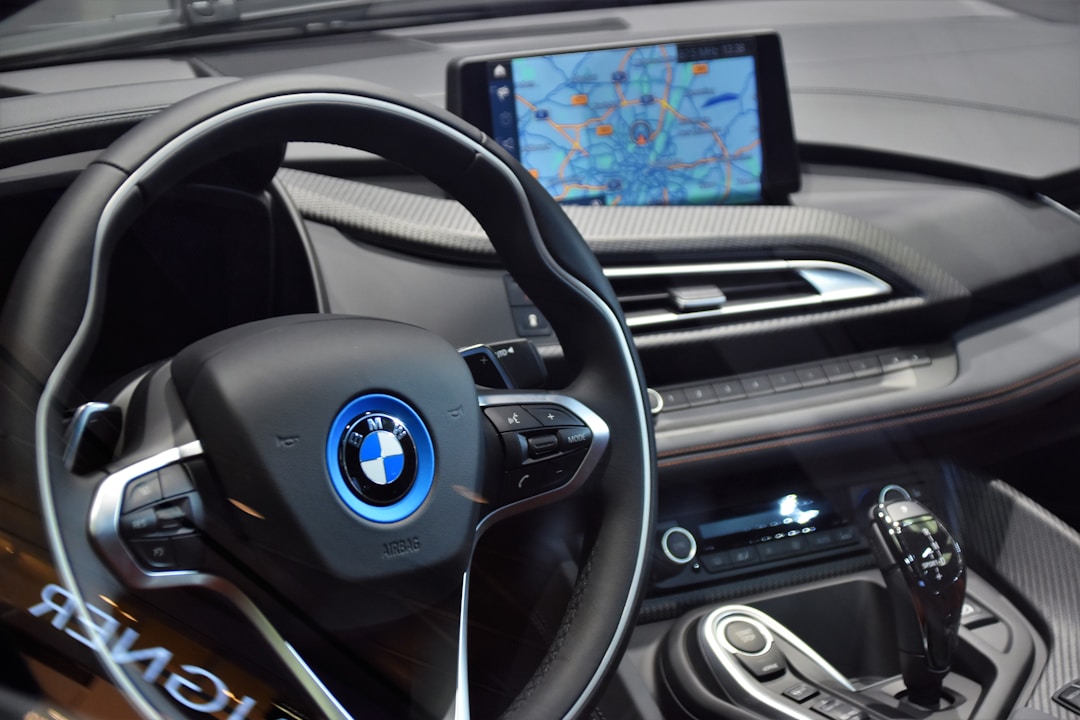
With technology improvements playing a crucial part in protecting drivers and passengers, car safety has become more vital than ever in today's fast-paced world. To keep drivers and passengers safe, today's vehicles come with many cutting-edge safety features, such as smart accessories, driver assistance systems, artificial intelligence, and vehicle-to-everything (V2X) connectivity.
Travelers can rest easy knowing that these technologies are constantly keeping an eye on the road, looking out for possible dangers, and helping drivers in real time. Traveling by car in the future will be even more secure and worry-free if we keep embracing these innovations.
1. The Use of Smart Devices
There has been a recent uptick in the installation of smart safety devices on automobiles. Advanced driver-assistance systems (ADAS), including adaptive cruise control, lane-keeping assist, and blind-spot monitoring, are now standard on many new automobiles.
Not only do these add convenience to the ride, but they also make drivers safer by making them more prepared to deal with road hazards. These intelligent enhancements greatly aid in accident prevention and promote safer trips by warning drivers of impending danger, keeping a safe distance, and providing assistance with lane control.
2. Cars of the future have better safety features
There are a lot of safeguards in today's vehicles for the protection of the drivers and passengers. When a collision is imminent, systems equipped with AEB can detect it. If the driver doesn't respond quickly enough, the system will apply the brakes.

Not only do these add convenience to the ride, but they also make drivers safer by making them more prepared to deal with road hazards. These intelligent enhancements greatly aid in accident prevention and promote safer trips by warning drivers of impending danger, keeping a safe distance, and providing assistance with lane control.
3. Adaptive technology's function
Adaptive technologies modify the vehicle's handling in response to specific road conditions. By responding to changes in speed and road curvature, adaptive headlights enhance night vision by adjusting the beam angle and intensity.
In rural areas with winding roads, where visibility may be poor at night, this method comes in particularly handy. An additional function is adaptive cruise control. To prevent collisions, it automatically adjusts its speed to maintain a safe distance from the vehicle in front of it.
For those enjoying off-road driving, Suzuki Jimny accessories enhance car safety. Key safety accessories include bull bars, underbody protection which shield the vehicle from potential damage when traversing rough terrains. Fog lights and LED light bars significantly improve visibility in adverse weather conditions and during nighttime driving, reducing the risk of accidents.
4. The effect of automotive technology
It is crucial to think about how driver behavior will be affected by car safety technology, even while it is advantageous. Improved situational awareness is key to driver safety features like blind-spot detection and rear-view cameras.
However, drivers must maintain vigilance and not rely on these technologies excessively. If you want to get the most out of your modern vehicle, you need to practice safe driving behaviors.

5. Considering the future
Drivers will feel more at ease when navigating the roadways as they adopt new vehicle technologies. With the addition of these advances, the driving scene is constantly changing. With the help of advanced technology and careful, well-informed driving, it heralds a new age in road safety.
6. DMS Systems for Drivers
Increased discipline and proactive safety measures are the outcomes of DMS's usage of AI Camera Vision technology to watch and monitor a driver's behavior.
Fatigue Detection: Observe the driver's facial expressions and sound an alarm to rouse them if it detects symptoms of exhaustion, such as yawning, closed eyes, or a slouched head. Recognizing and alerting a motorist when experiencing signs of weariness can help reduce accidents caused by this common problem.
The AI system can also detect in real-time whether a motorist is using a cell phone, isn't fastening their seat belt, or is otherwise distracted and isn't paying attention to the road ahead. Ultimately, the goal is to reduce the likelihood of accidents and get people to stop doing things that could cause them.

Geofencing Mobile Services (GMS): It uses global positioning system (GPS) technology to notify drivers when they exceed a certain speed limit. This system keeps tabs on how fast the car is going and sounds an alarm if the driver is going too fast.
7. Processors for computers
Every second a vehicle is on the road, new technologies produce massive amounts of data. We need new artificial intelligence computer chips that can process trillions of operations per second to decipher this data. In intelligent vehicles, they act as the brains, processing information from all the sensors to identify objects, foretell how the vehicle will go, and guide the driver safely.
8. Quickening the Implementation of Cutting-Edge Technology
The most accurate view of their surroundings and the processing power to navigate densely populated cities like San Francisco and Phoenix are provided by advanced safety technology and high-performance computers, currently utilized by autonomous driving firms' driverless robotaxi cars.
However, these next-gen technologies shouldn't be reserved for future driverless cars. All new cars should have these cutting-edge safety features installed as standard equipment to keep everyone on the road—drivers, passengers, pedestrians, and cyclists included.

In the end!
Regulators and automobile manufacturers must work together to accelerate the adoption of new technology in vehicle safety systems. When it comes to protecting vulnerable road users like pedestrians and cyclists in cases where safety systems fail, federal regulators like NHTSA should take the lead and expand the New Car Assessment Program (NCAP) standards, which are commonly known as "5-Star Safety Ratings," to incorporate test procedures for pedestrian automatic emergency braking (PAEB).
The transportation situation is serious, but it is also avoidable. By utilizing these cutting-edge technologies, you can accelerate our progress toward a world free of accidental deaths.
Share this post
Leave a comment
All comments are moderated. Spammy and bot submitted comments are deleted. Please submit the comments that are helpful to others, and we'll approve your comments. A comment that includes outbound link will only be approved if the content is relevant to the topic, and has some value to our readers.



Comments (0)
No comment